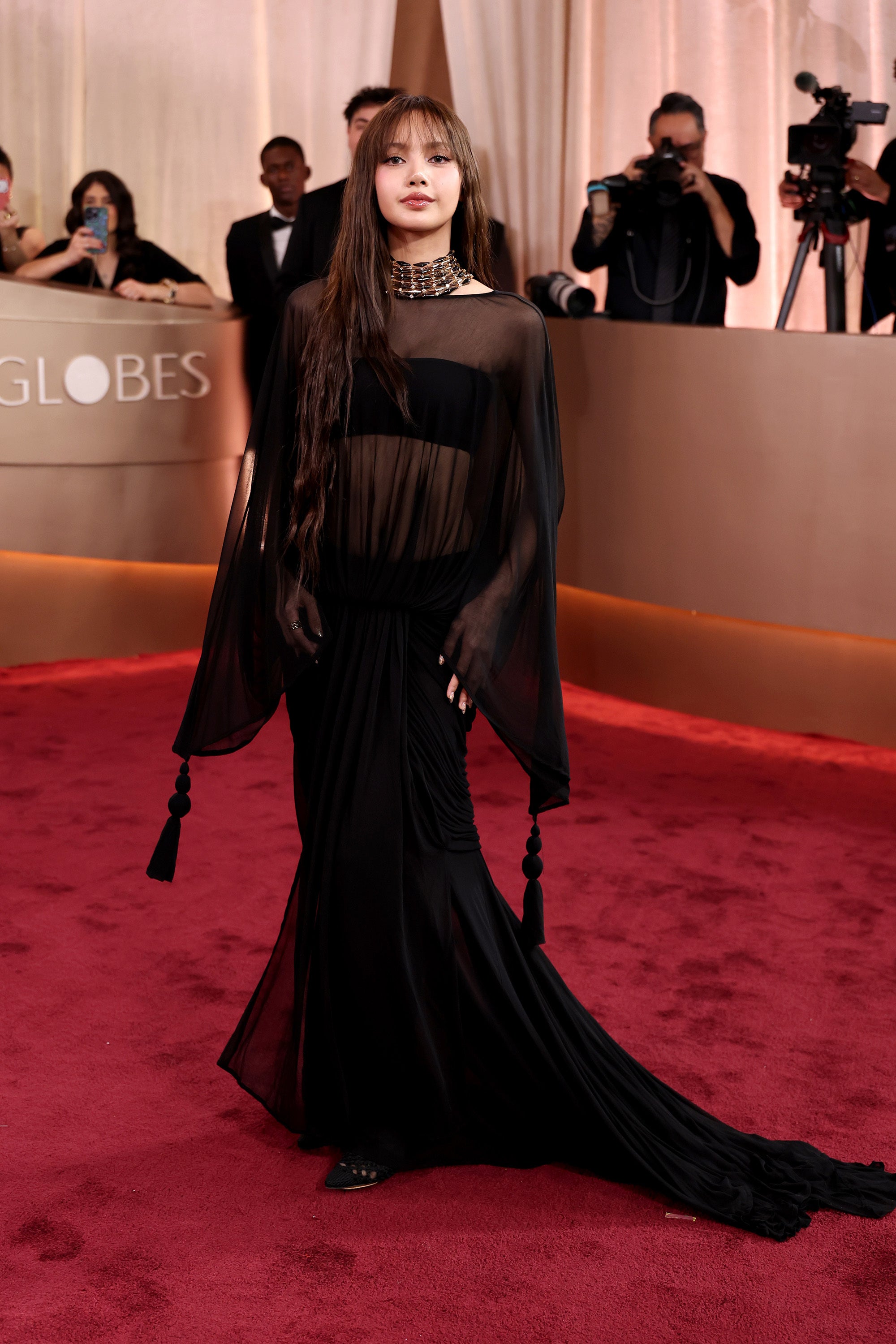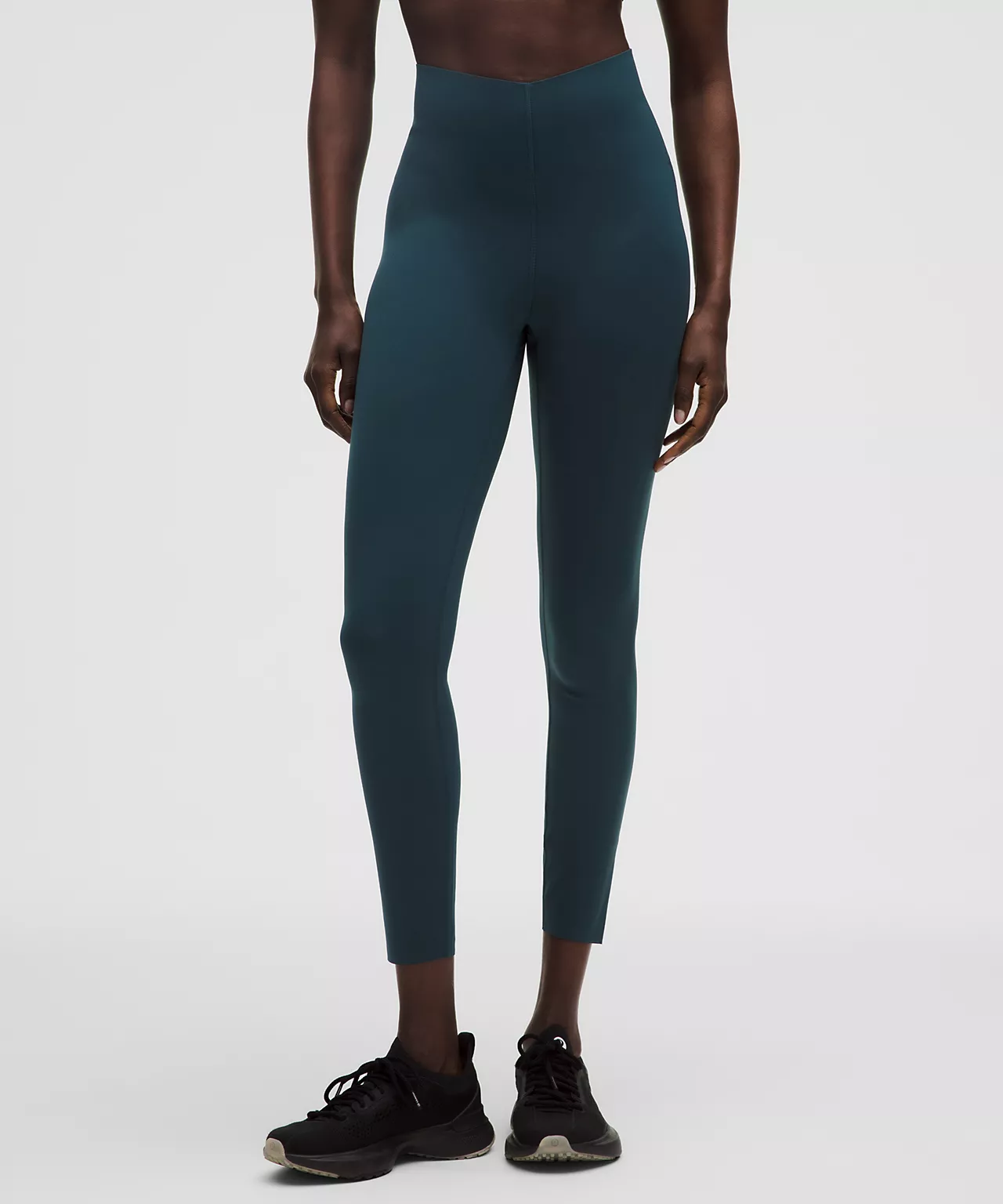
.disclaimer{width:90%;margin-bottom:1rem}.disclaimer__lines{width:100%;margin:0 auto;border-bottom:1px solid #999;padding:0;max-width:150px}.disclaimer__copy{width:100%;max-width:355px;font-family:Brown Regular,sans-serif;font-size:.9rem;font-weight:300;line-height:1.3em;color:#333;padding:0 0 .4rem;margin:1rem auto;text-align:center}
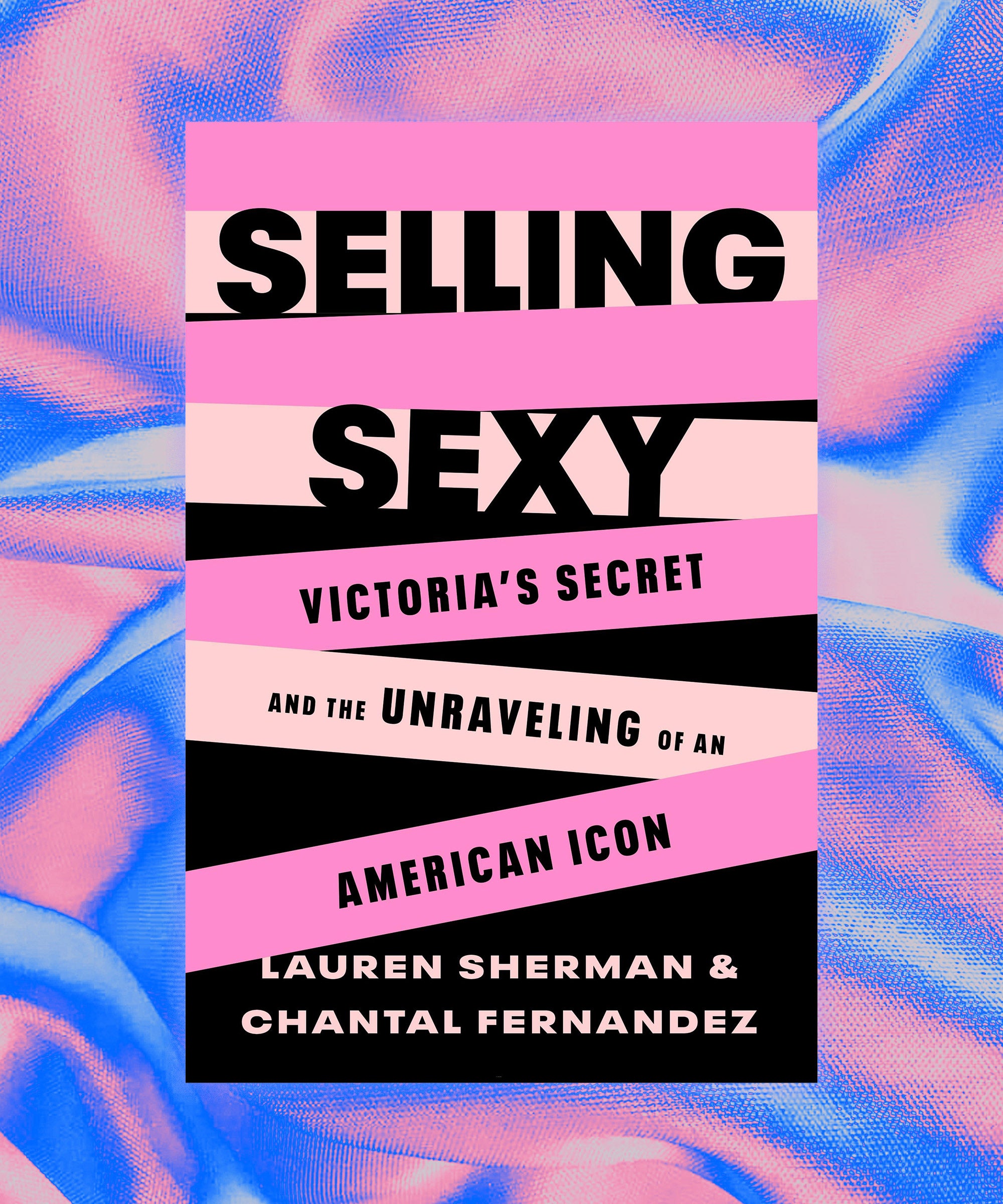
In the 1990s and early 2000s, few retail brands were as ubiquitous as Victoria’s Secret. Elevated yet accessible, “Victoria” was in thousands of malls globally, her catalogs in every mailbox, and, most importantly, her bras in every top drawer. In 2001, the Victoria’s Secret Fashion Show starring “Angels” Tyra Banks, Heidi Klum, and Gisele Bundchen — the first broadcast on CBS primetime — was seen by 12.4 million.
But there was no real Victoria. There never was. She was a myth, a fairy tale, not unlike the fantasy the Angels created with their airbrushed bodies and hyper-sexualized personas.
What began as a specialty store in the Bay Area became a household name out of Columbus, Ohio, when retail magnate Les Wexner acquired it in 1982. Lingerie — namely, bras — was always the bread and butter, but clothing and a beauty line helped make VS a true powerhouse in the ‘90s and ‘00s.
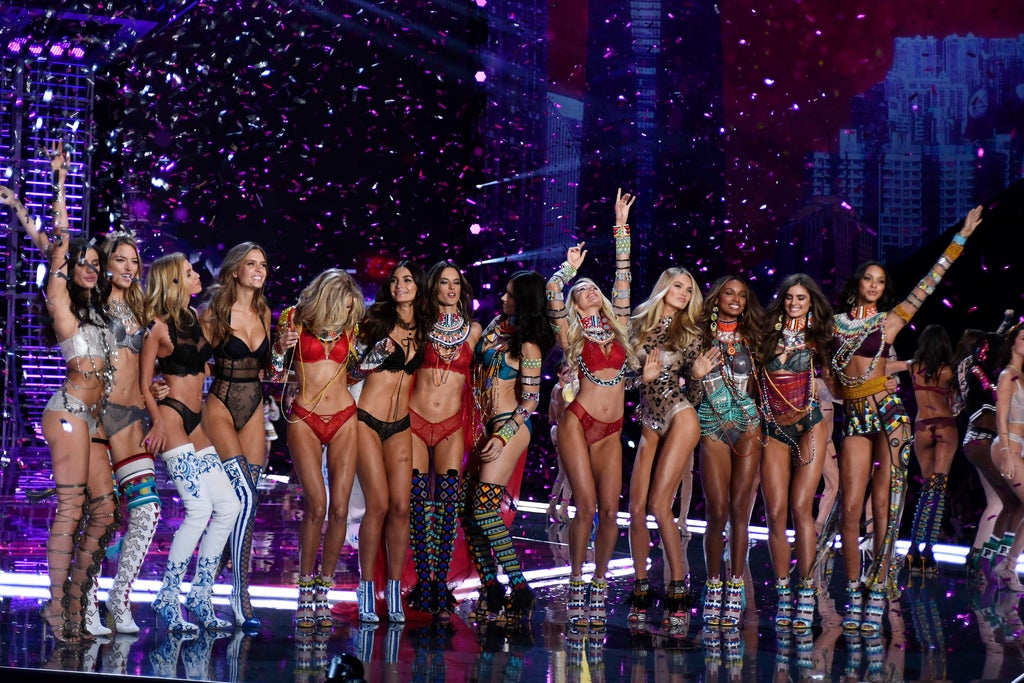
In the 2010s, though, Victoria started to lose her grip. Brands like Aerie and Skims were gaining market share, the idealized body type was no longer in public favor, and the #MeToo movement was uncovering longtime misconduct within the organization from top executives, including Ed Razek, considered the architect of the VSFS as we knew it. Then came the biggest bombshell of them all: Jeffrey Epstein had been Wexner’s close confidant and financial adviser for years — and posed as a model recruiter to prey on women. In the wake of the news, Wexner resigned as CEO in February 2020, and was out completely the following year.
The rise and fall of Victoria’s Secret has been documented in many ways: a podcast, a docuseries, and, now, a book. In Selling Sexy: Victoria’s Secret and the Unraveling of an American Icon, out on October 8, journalists Lauren Sherman and Chantal Fernandez detail the history of the brand, drawn to it because of its massive role not only in retail history but also pop culture.
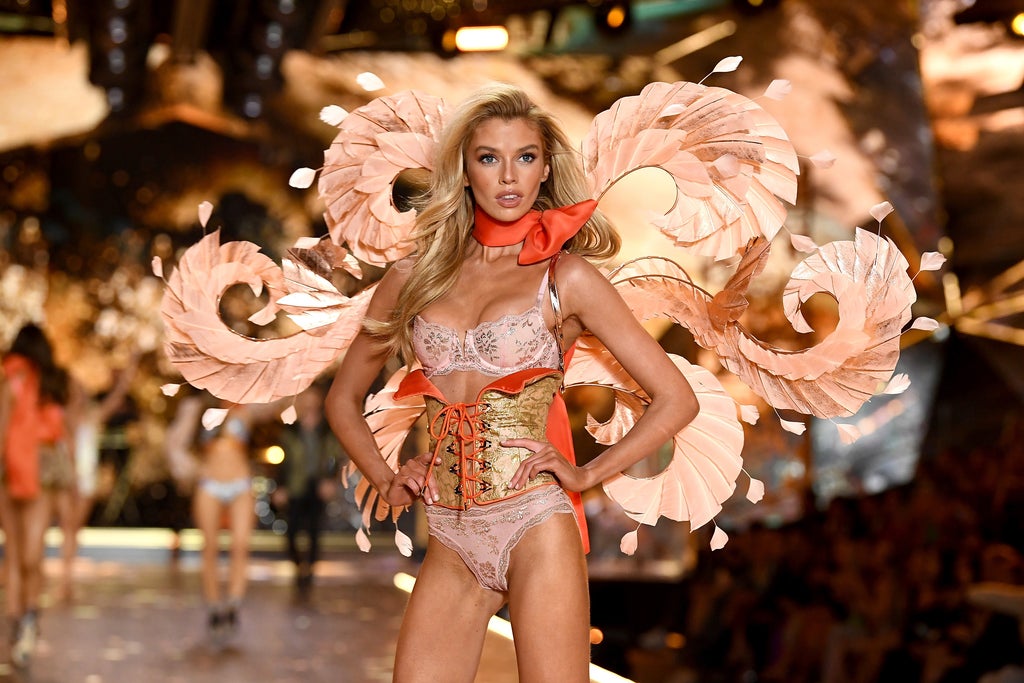
“To us, Victoria’s Secret was something that tells the story of American culture, because American culture is consumer culture,” Sherman says. As they peeled back the layers of Victoria’s Secret, they learned there was more than met the lace-trimmed facade.
“The story is more interesting and more complicated than just that the [campaigns around the]Angels were out of touch and misogynistic,” adds Fernandez. “It goes deeper than that.”
Amid Victoria’s Secret’s most recent attempt to rebrand (see: the return of the Victoria’s Secret Fashion Show next week), Sherman and Fernandez discuss what they think of how the brand engages with nostalgia, what surprised them most when writing the book, and how Taylor Swift fits into the story.
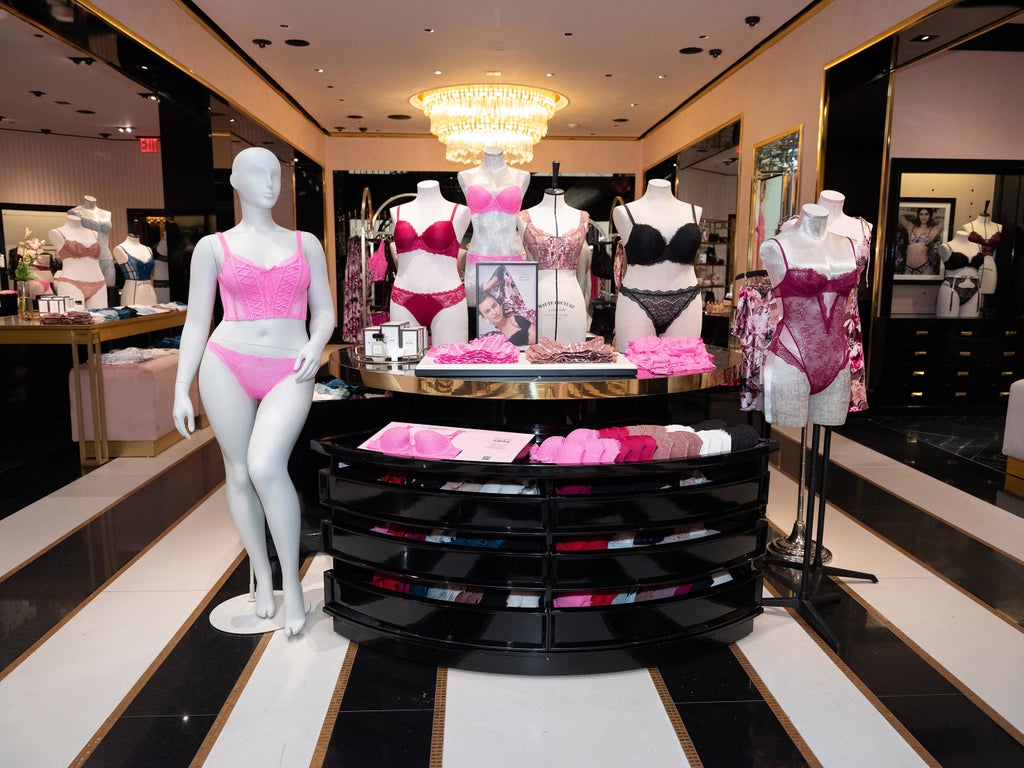
What were each of your personal relationships to Victoria’s Secret growing up?
Lauren Sherman: I first interacted with it when I was super young. There was an era when, probably 10 years after Les Wexner bought it and it was already a billion-dollar business, that he was really focused on refining the aesthetic. I think we might’ve even used this term “class up the joint.” And he was really into using the narrative that Victoria was part British and married to a barrister. It was all burgundy and florals and just very elegant.
My uncle’s fiancée was from New York, and she was very sophisticated. She bought everyone in my family Victoria’s Secret gifts for Christmas one year — I probably was eight, and she bought me pajamas or something. The first runway show happened when I was 14, I think, so I really was of the era that this really did impact my views and the people around me’s views of what was beautiful. Les Wexner bought Victoria’s Secret the year I was born, so it’s a very similar trajectory.
Chantel Fernandez: I was part of the Pink generation, so that arrived perfectly on time for me and a lot of girls born in the late ‘80s, early ‘90s. I got my first real big-girl bra from there. I don’t remember a time before this brand. It was really dominant in culture, and represented something about beauty and beauty standards. But I thought Pink was fun. I thought the Victoria’s Secret side of the store was really intimidating, and I never really graduated into it.
You describe the Pink era really well in the book. I still have one of those little pink dogs somewhere.
CF: Those dogs are genius. And the store in general — that’s such a big part of the Victoria’s Secret experience: their retail theater, how much care they put into how it was decorated, just being in there and sampling the lotion with your friends. You didn’t even buy anything. It was an experience to be in there. That’s a huge part of the success of the store and the innovation of that brand. A lot of that came out of Leslie Wexner, who at one point owned Abercrombie. He was thinking really innovatively about store design and how that was a form of marketing in and of itself.
What surprised you most when researching the book?
LS: There’s a big narrative around this company that it was run by men — misogynists — who were just kind of doing what they wanted. And, in some ways, that’s true, but also every generation of this business had really strong female executives who were trying to do the right thing, empower women to buy lingerie and to be comfortable in their sexuality. I’d say that what we really tried to do with this book is show the whole story. It’s never just as easy as bad actors. There’s always another side to it. And this company accomplished a lot, and also employed a lot of really remarkable women who changed the consumer culture, the way we shop. It’s not really a revelation, but it’s more of a reminder that no story is so simple.
I’ll share mine: It was surprising just how young these models were. You talk about how Adriana Lima was just 15 when she started, and the model Danita Angell was just 14.
LS: That’s super common. That was industry standard at that time in high fashion. There’s a model who’s going to become really famous soon, who just did her first magazine cover — she’s 15 and technically not allowed to work in Paris. Everybody’s talking about her under the radar, but it’s still a thing.
CF: [The models’] career was sort of meant to end when they’re 22, especially back then. Now, there’s not as much of an age cap. These supermodels are still walking the runway and doing these incredible things, but, when they started, they probably were under the impression that, even if they’re extremely successful, this is done pretty soon. This is an industry where you can be 20 and be geriatric, basically.
Victoria’s Secret attempted to rebrand in 2021. With so many mall brands like Abercrombie and J.Crew having a resurgence, where do you think Victoria’s Secret stands? Do you think the rebrand was successful?
LS: Oh, the rebrand definitely hasn’t been successful. [The stock price] might be relatively flat right now, but, if you look at the business, the profits have shrunk. They’ve had a couple good quarters here and there, but they haven’t gained anything yet.
The success of Abercrombie and Fitch and the restructuring of that business is really not focused on nostalgia, but on product and what the consumer wants. The positive momentum Gap has right now is an indicator that these brands can return. The other thing is that consumers are penny-pinching right now, so mall brands have a place.
Also, there’s backlash to things like Shein bras. In some ways, that’s benefitted Victoria’s Secret, because people will just keep going back. But in some ways, it has hurt them, because they can’t apply the exact same playbook that these other businesses have applied. But I do think they still have so much market share, if they’re able to turn around the marketing and create product that gets people excited, there’s a chance that they can have a comeback. Even though, as we know, they never really left.
CF: I don’t think that it’s impossible for them to have a really interesting resurgence. Maybe not to the same degree that Abercrombie has had, which has been so unusually successful. But it’s not like everyone isn’t aware of this brand. They know it. It has the most stores for lingerie. If you still need a bra in a pinch and you fit their size range, that’s a huge advantage they have over the online brands. And a lot of people still want to try on their bras in person. And I think there is a nostalgia factor that they clearly want to play with, and they could, but it’s really tough.
A big shadow over the legacy of Victoria’s Secret is Jeffrey Epstein’s business relationship with Les Wexner. How did you approach that piece of the book?
LS: I think the hardest thing was deciding how much of it we wanted to devote to that, because we could have pitched this book as a book about the relationship between Jeffrey Epstein and Les Wexner. That book would’ve sold very easily, but we didn’t want to do that because the reality is Jeffrey Epstein wasn’t involved in the day-to-day Victoria’s Secret business. And so we decided, as business reporters who cover the fashion industry, that we needed to write a corporate history — and he’s not a giant part of it. So, instead of weaving him through the narrative — which I think the documentary tried to do — we decided, Let’s put that in its own chapter. We could have probably spent five more years reporting this book and maybe would’ve come up with even more revelations around that. But, it’s interesting: If you look at the trajectory of Victoria’s Secret, the trajectory of Jeffrey Epstein, and the trajectory of American culture, the three things really align. Les Wexner severed ties with him in 2007, Victoria’s Secret was on the rise until then. There was foreshadowing in the early 2000s that something might be awry with the business. It peaked in 2016, right around the time of the height of the #MeToo movement, and then it really started to have its downfall around the time that Epstein was jailed.
CF: We put it where we did in the book, which was sort of as the revelations of Epstein were becoming public, because that was really the biggest impact it had. Victoria’s Secret was already in a weakened position, and it just further created problems for them. But it had a reputational impact more than anything else.
Shifting gears, in the book you write that Ed Razek gave Taylor Swift an angel wings ring. That was so interesting because I feel like the rules around who got to wear angel wings were very strict.
CF: What I thought was so interesting about that was exactly what you’re saying — these really arbitrary rules about who gets to be an Angel. Like, “Oh, if you walk first in a segment or you close a segment,” and it was all these ways of creating hierarchies that, in retrospect, are kind of depressing. But it was an effective way to create storylines and narratives, and, within this world of the models, it was a reality show that we were watching. Like, “Oh, Taylor’s hanging out with Martha Hunt.” It shows how intertwined the brand was with culture at that time. Taylor Swift doesn’t really do brand work anymore. She really hadn’t played in the fashion or fashion-adjacent space. So it was really unusual and very effective. It was great for Victoria’s Secret while it lasted.
LS: I think it’s a real indication of the passing of time. That would never happen today. She’s much more in control of her image and, at the time, felt like she was so in control of it, but now she would’ve never — and forget about all the controversy. It’s just not something that you would imagine.
Selling Sexy: Victoria’s Secret and the Unraveling of an American Icon is out now.
Like what you see? How about some more R29 goodness, right here?
The New Victoria’s Secret Show Confronts Its Past


